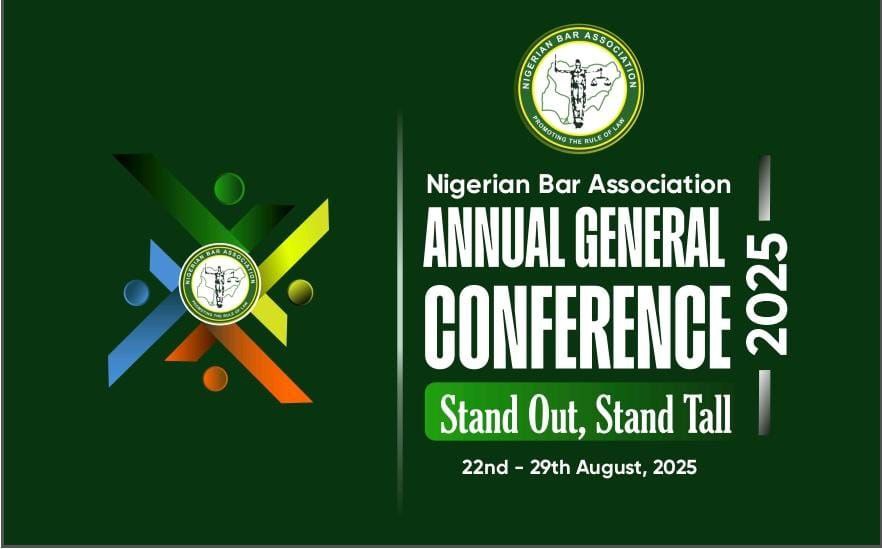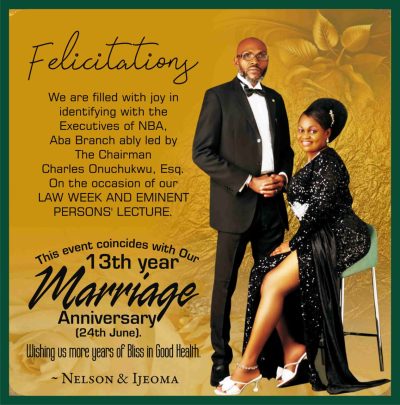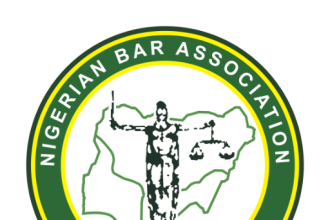Not every abbreviation is an acronym. Loosely, any shortened form of a word, phrase, or term is an abbreviation. But lawyers, linguists, and scholars draw distinctions between abbreviations, acronyms, clippings, contractions, and initialisms.
An acronym is usually an initialism pronounceable as a word. It’s typically formed from the first letters, parts, or syllables of the full term. Some acronyms are lowercased, others uppercased. Here are examples:
• AIDS (Acquired Immune Deficiency Syndrome)
• ASAP (as soon as possible)
• ATOL (Air Travel Organizers’ Licensing)
• AWOL (absent without leave)
• Benelux (Belgium, Netherlands, and Luxembourg)
• CALL (Computer Assisted Language Learning)
• ICE (Immigration and Customs Enforcement [a wicked US agency])
• Laser (Light Amplification by Stimulated Emission of Radiation)
• LED (light emitting diode)
• NATO (North Atlantic Treaty Organization)
• PIN (Personal Identification Number)
• radar (radio detection and ranging)
• scuba (self-contained underwater breathing apparatus)
• SIM (as in SIM card) (subscriber identification module)
• SLAPP (Strategic Lawsuit Against Public Participation)
• snafu (situation normal, all fucked up)
• sonar (sound navigation and ranging)
• taser (Tom Swift’s electric rifle)
• UNCITRAL (United Nations Commission on International Trade Law)
• WASP (White Anglo-Saxon Protestant)
Any abbreviation that’s not pronounceable as a word AND not formed from the initial parts of the elements of the full term may be a clipping (e.g. “ad” for “advertisement”), contraction (e.g. “don’t” for “do not”), or initialism (e.g. “ATM” for “Automated Teller Machine.”

Read More:

- Don’t Be a Chatbot Lawyer. By Chinua Asuzu
- Stop saying “case laws.” By Chinua Asuzu
- Stop Shouting at Judges! By Chinua Asuzu
- In briefs, fight tough, not rough.
- To launch or defend against an appeal, consider these strategies: Chinua Asuzu









